Best Practices Articles

5 Things You Need in Your Partner Relationship Management Software
Many organizations selling through the channel are now aware of a whole new category of capabilities related to partner relationship management software. We at ZINFI, as a provider of partner relationship management software, are currently seeing a dramatic increase in demand. This year organizations of all sizes—from companies with just a few employees to established, multi-billion-dollar Fortune 100 companies—have reached out to us from different parts of the world, inquiring about our partner relationship management software.
As we sift through the needs of this very large emerging segment for partner relationship management software, it is clear that all of these organizations, independent of size, are essentially looking for better ways to recruit, onboard, enable, manage and improve their partner base. In order to do this, they not only need automation—partner relationship management software—but also a structured process, a formal program and a group of individuals in the channel who can truly leverage such an investment.
Partner relationship management software is the next generation of business process automation at the last mile of engagement. Companies selling through the channel have invested millions, even billions, of dollars over the past two decades to automate their supply chain, manufacturing, customer care, sales, marketing and even services. However, when it comes to managing their partner base, the processes and tools haven’t evolved much until now. This is where partner relationship management software can now play a significant role.
The key for any organization considering procurement and deployment of partner relationship management software, however, is to make sure the software they select has core capabilities in five essential areas. These five areas have a direct logical link to the steps organizations go through in building and managing their channel.
Here is a brief overview of these five areas:
- Partner recruitment – Most companies, large or small, undertake partner recruitment initiatives tied to new events like product launches, acquisitions and geographic or vertical expansions. Any state-of-the-art partner relationship management software must allow the organization to automate this workflow and make the recruitment program operate efficiently and successfully.
- Partner onboarding – Once a partner has been signed up, the next most important step is to onboard the partner, stair-stepping various members of the partner organization through a structured program and process. Most organizations that don’t use partner relationship management software end up wasting a lot of time and resources by performing repetitive steps manually. When it comes to signing contracts, putting together business plans or training, a properly deployed partner relationship management software platform can easily and completely automate these steps to increase partner satisfaction and success.
- Partner enablement – Once a partner organization has been onboarded, the next most important step is to make sure the partner is fully enabled. Your partner relationship management software should be able to educate marketing and sales people about how to market and sell your offerings, and technical people should be able to learn how to design, deploy and support your solution. This applies to all verticals, not just technology. If you are a restaurant equipment vendor selling through the channel, you will need to make sure your channel partners are fully capable of addressing marketing and sales as well as design, deployment and services within your industry.
- Partner management – Just as an organization needs to carefully manage its direct employee base, it also requires methods, processes and tools to manage its channel. This is a function partner relationship management software should easily be able to fulfill. Within the platform, organizations should be able to establish quarterly and annual goals, and then be able to measure them through performance tracking. This means the organization should also be able to tap into the partner relationship management software’s analytical engine and quickly figure out what is working and what is not. The platform should enable dynamic response to unsuccessful initiatives and rapid scalability of successful ones.
- Partner improvement – Finally, once all four previous steps to drive partner performance have been completed, the most important next step is to understand cause-and-effect relationship between programs, products and partner performance. Not all partners are capable of selling all products, and not all programs enable all partners the same way. Establishing a dynamic analytical approach by leveraging partner relationship management software is a critical step. Organizations need to be able not only to define what is important, but also actually analyze and validate how to drive programs and activities forward to build a high-performing channel.
Best Practices Guidebook
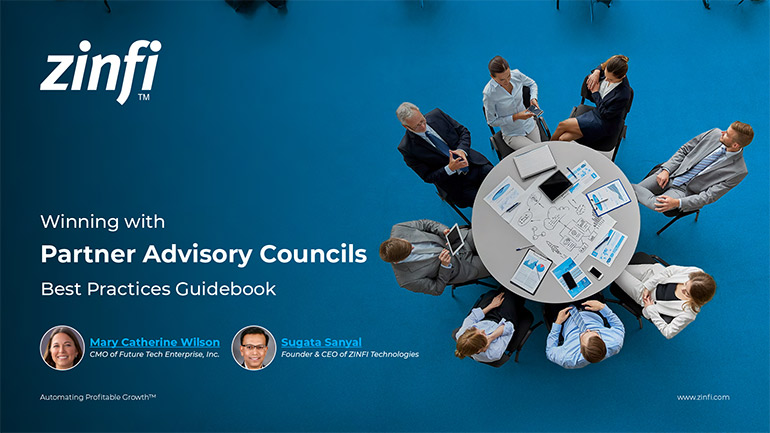 Winning with Partner Advisory Councils: Best Practices for Partner Engagement & Growth
Winning with Partner Advisory Councils: Best Practices for Partner Engagement & GrowthDownload Guide
 The Future of Partner Ecosystems Best Practices
The Future of Partner Ecosystems Best PracticesDownload Guide
 The AI Revolution: How Technology and Talent are Shaping the Future
The AI Revolution: How Technology and Talent are Shaping the FutureDownload Guide
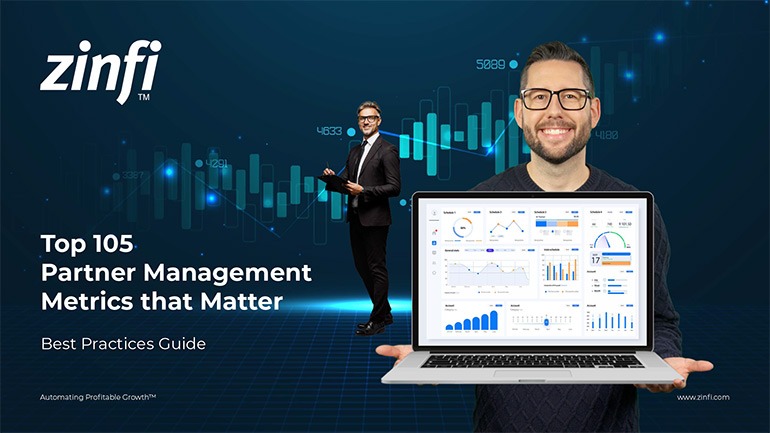 Top 105 Partner Management Metrics that Matter Best Practices
Top 105 Partner Management Metrics that Matter Best PracticesDownload Guide
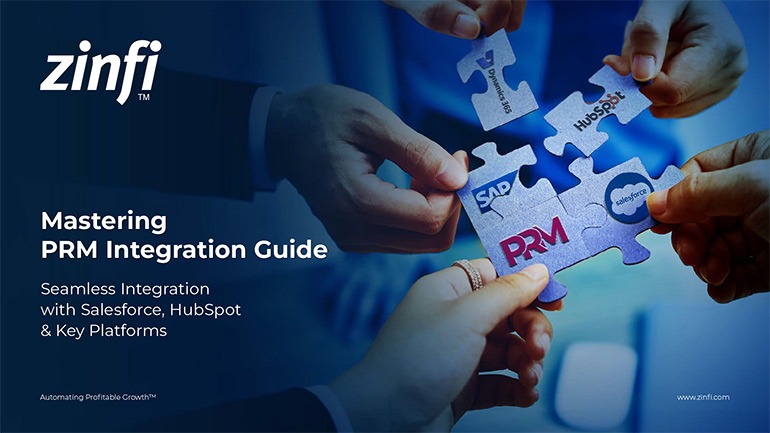 Mastering PRM Integration Best Practices
Mastering PRM Integration Best PracticesDownload Guide
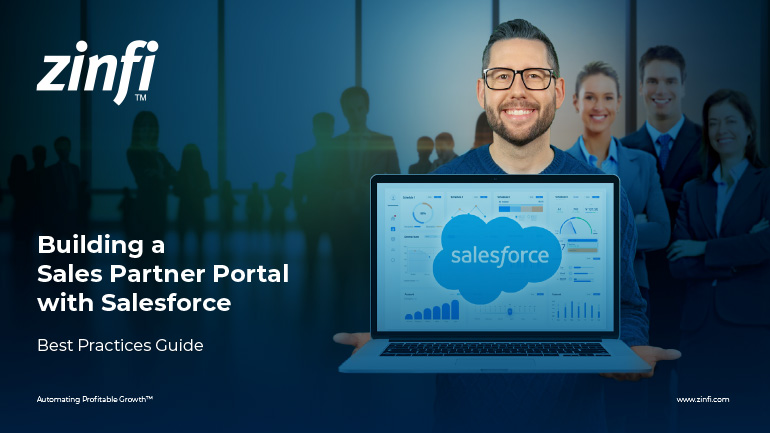 Building a Sales Partner Portal with Salesforce Best Practices
Building a Sales Partner Portal with Salesforce Best PracticesDownload Guide
 Building and Managing Partner Ecosystems Best Practices
Building and Managing Partner Ecosystems Best PracticesDownload Guide
 Mastering Co-Marketing and Co-Selling Best Practices
Mastering Co-Marketing and Co-Selling Best PracticesDownload Guide
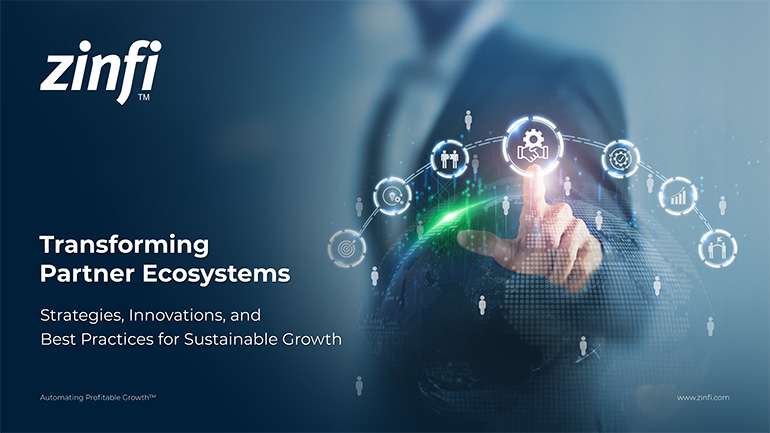 Transforming Partner Ecosystems Best Practices
Transforming Partner Ecosystems Best PracticesDownload Guide
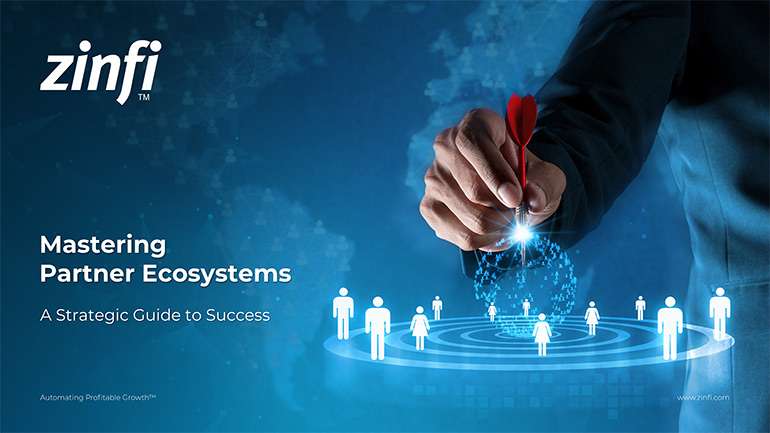 Mastering Partner Ecosystems Best Practices
Mastering Partner Ecosystems Best PracticesDownload Guide
 Mastering Partner Onboarding Best Practices
Mastering Partner Onboarding Best PracticesDownload Guide
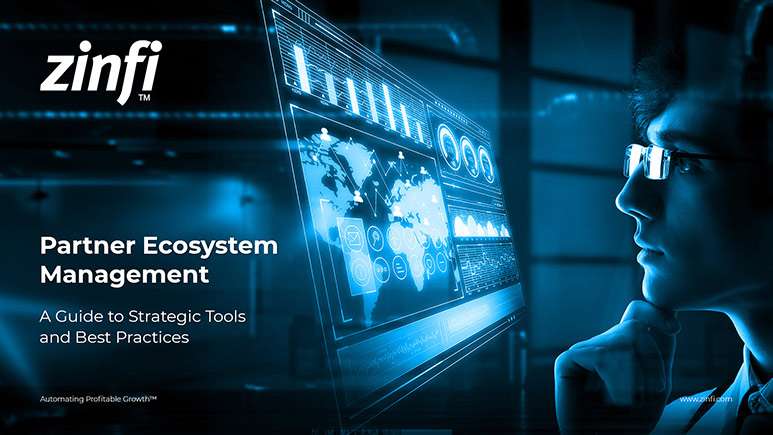 Partner Ecosystem Management Best Practices
Partner Ecosystem Management Best PracticesDownload Guide
 B2B Marketing in the Age of Intelligence Best Practices
B2B Marketing in the Age of Intelligence Best PracticesDownload Guide
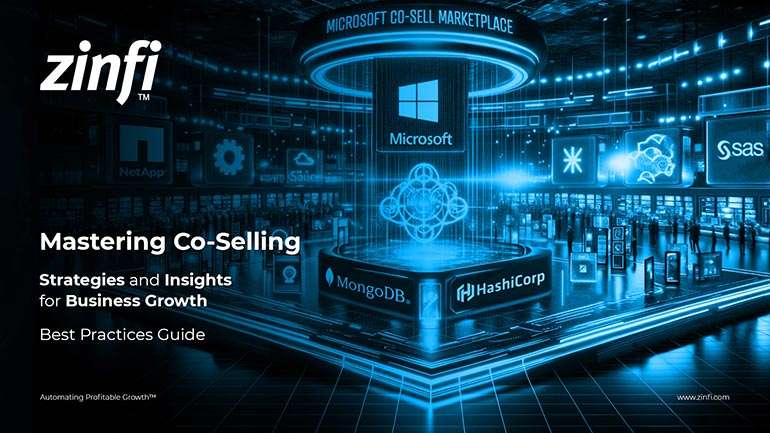 Multi-Partner Co-Selling Best Practices
Multi-Partner Co-Selling Best PracticesDownload Guide
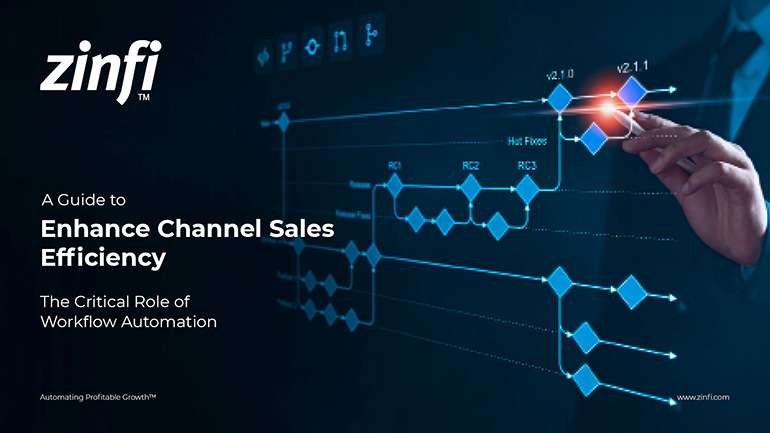 A Guide to Enhance Channel Sales Efficiency
A Guide to Enhance Channel Sales EfficiencyDownload Guide
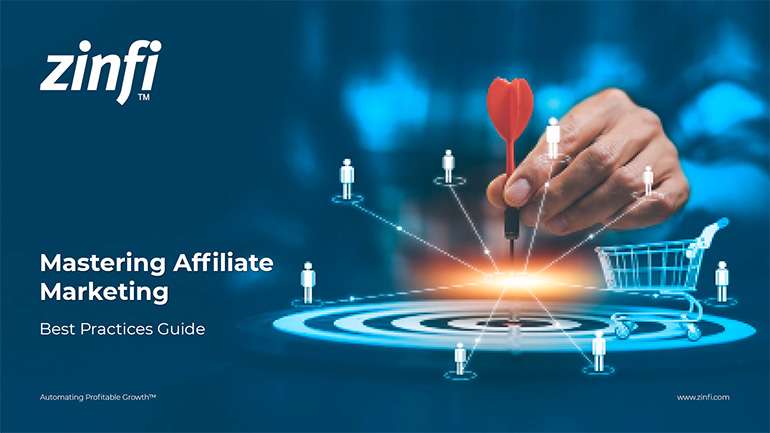 Mastering Affiliate Marketing Best Practices
Mastering Affiliate Marketing Best PracticesDownload Guide
 The Ultimate Guide to Channel Partner Management
The Ultimate Guide to Channel Partner ManagementDownload Guide
 Top 10 Trends in 2024 Partner Relationship Management
Top 10 Trends in 2024 Partner Relationship ManagementDownload Guide







